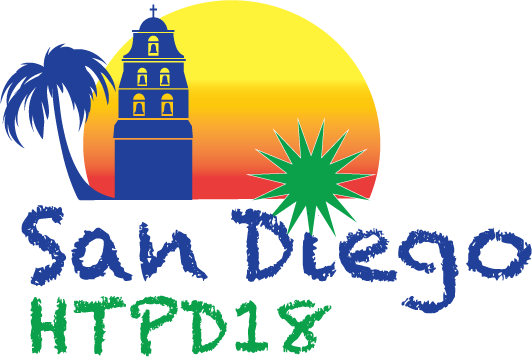Speakers
Description
An important diagnostic value of a shot at the National Ignition Facility (NIF) is the resultant center-of-mass motion of the imploding capsule. This residual velocity contributes to the efficiency of converting LASER energy into plasma temperature. A new analysis method extracts the effective hot spot motion by using information from multiple nToF lines-of-sight (LoS). This technique fits a near Gaussian spectrum to the nToF scope traces and overcomes reliance on models to relate the plasma temperature to the mean energy of the emitted neutrons and requires to have at least four nToF LoS. Results analyzing DT as well DD peaks on recent NIF shots with this technique will be presented. This work was performed under the auspices of the U.S. Department of Energy by Lawrence Livermore National Laboratory under Contract DE-AC52-07NA27344.

